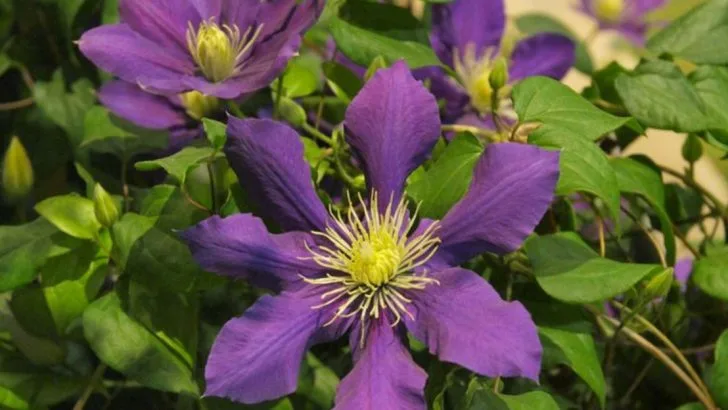Your clematis is sulking—and it’s not too late to make it sing! You’ve planted those vines with stars in your eyes. You’ve waited in suspense for those showy blooms. But all you’ve gotten is… crickets. Maybe it’s thirsty roots drowning in soggy soil. Or a pruning schedule that’s more cut-throat than caring. Could be your sunny spot is actually a sneaky shade trap. These 14 blunders are the silent bloom killers hiding in plain sight. Miss one, and your vine just shrugs—no flower show for you. Get them all right, and you’ll unleash a parade of petals. Dig into each mistake, learn how to tweak light, water, and timing. Give your clematis the VIP treatment it deserves. Soon you’ll be sipping tea under cascades of those starry blossoms—no drama required!
Incorrect Pruning Timing
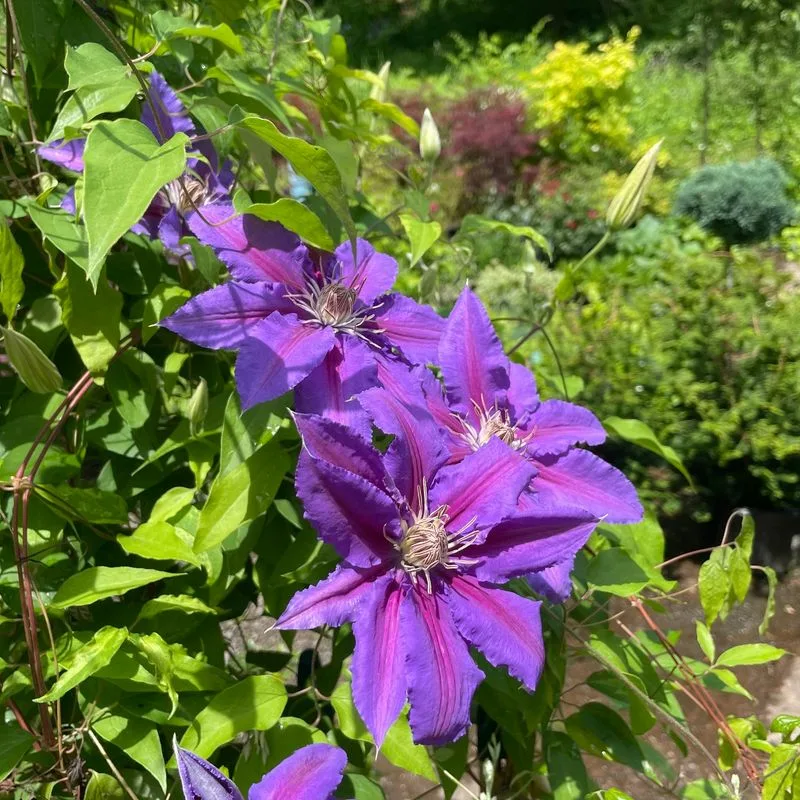
Pruning clematis at the wrong time can hinder its blooming potential. Many gardeners mistakenly trim back plants too early or too late, disrupting the flowering cycle. Imagine eagerly waiting for blooms that never arrive because of a simple timing error.
Clematis varieties differ in their pruning needs. Some require cutting back after flowering, while others need pruning in early spring. Knowing your clematis type is essential.
A common mistake is treating all clematis the same. Correct timing ensures robust growth and stunning flowers. Familiarize yourself with your plant’s requirements to avoid this pitfall.
Inadequate Sunlight

Clematis love sunlight, and insufficient exposure can lead to a lack of blooms. Picture a flower yearning for light, its petals shy and closed. Often, gardeners underestimate the sunlight needs of these plants, planting them in too much shade.
Most clematis varieties require at least six hours of sunlight daily. Without it, they struggle to develop the energy needed for flowering.
Relocating a clematis to a sunnier spot can make a huge difference. Understanding the sunlight requirements specific to your variety is crucial for vibrant blooms.
Poor Soil Quality
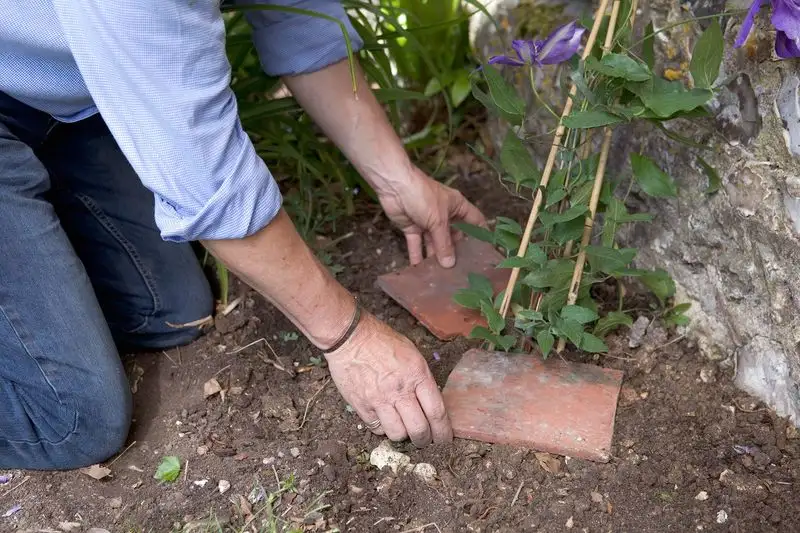
Soil quality plays a key role in clematis health. Imagine trying to grow in sand or clay; it’s a struggle! Many gardeners overlook this fundamental aspect. Clematis require well-drained, fertile soil to thrive.
Without proper nutrients, the plant can’t support its blooms. Amending soil with organic matter can enhance its fertility, providing essential nutrients.
Testing soil pH is also vital, as clematis prefer slightly neutral conditions, around 6.5 to 7.0. Proper soil preparation ensures your clematis has the foundation to produce beautiful flowers.
Overwatering
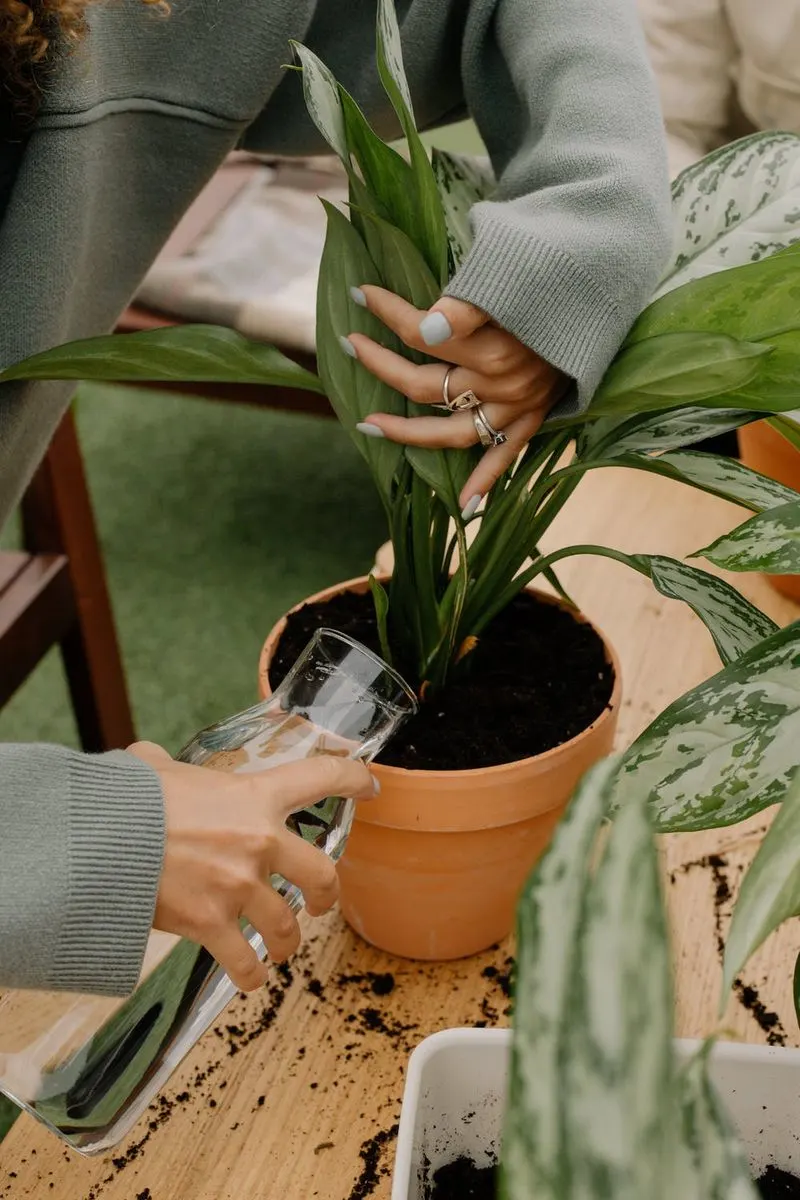
Overwatering is a common mistake that leads to clematis woes. Visualize a plant drowning in its pot, roots suffocating. This overzealous care can cause root rot, impacting the plant’s ability to bloom.
Clematis prefer consistent moisture but dislike soggy conditions. Checking soil moisture before watering avoids this pitfall. Ensure your clematis has good drainage to prevent waterlogged situations.
Adjusting watering habits according to weather conditions and plant needs is essential. A mindful approach to watering can save your clematis from this bloomer’s bane.
Improper Fertilization
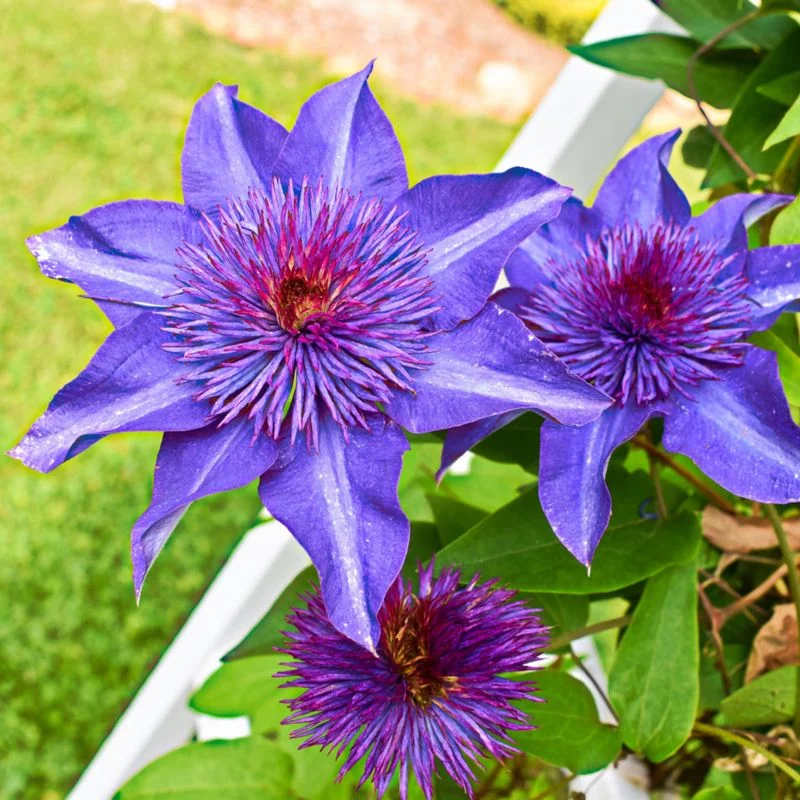
Improper fertilization can hinder clematis blooms. Imagine feeding a plant the wrong diet, leading to weak growth. Too much nitrogen encourages leafy growth but stunts blooming.
Opt for balanced fertilizers that promote flowering. Applying fertilizers at the correct time and in appropriate amounts is crucial. Over-fertilization can be detrimental, so moderation is key.
Knowing your clematis type and its specific nutrient needs can optimize growth. With proper feeding, your clematis will reward you with abundant flowers.
Neglecting Mulching Needs
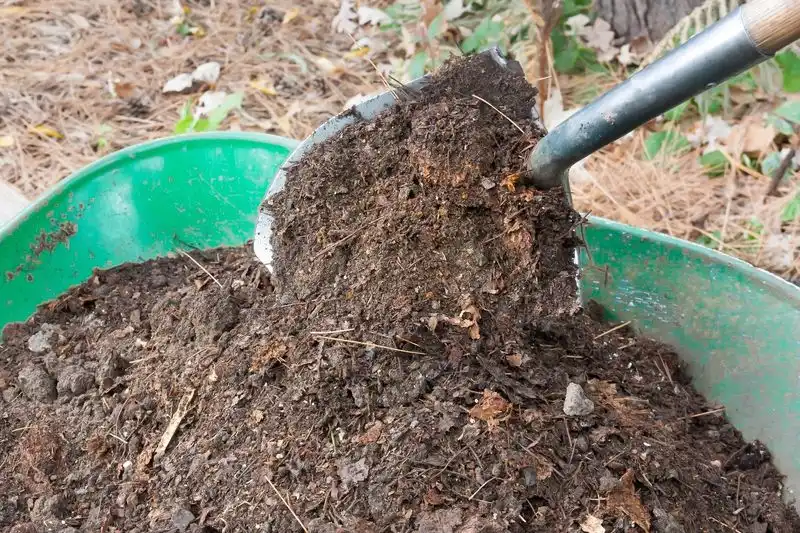
Mulching is often overlooked but plays a vital role in clematis care. Picture a plant struggling in harsh soil, exposed to the elements. Mulch helps retain moisture and regulate soil temperature, creating an ideal environment.
Without mulch, clematis roots can become stressed from temperature fluctuations. This stress can inhibit blooming. Organic mulch, like bark or straw, provides essential protection.
Applying mulch properly, especially in spring, can enhance your clematis’s health. These foundational comforts encourage a thriving plant with vibrant flowers.
Crowded Planting Conditions
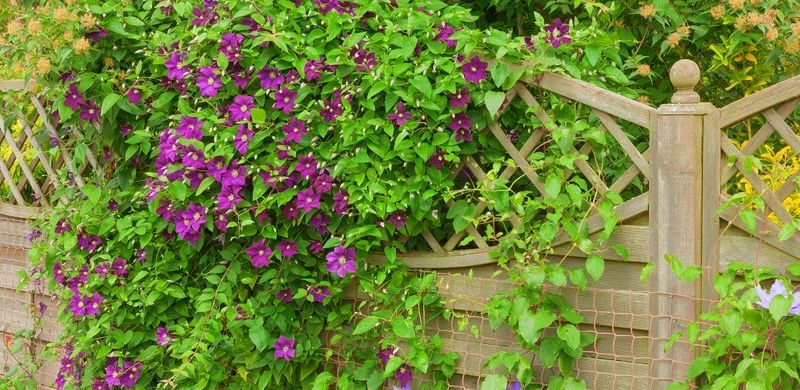
Clematis thrive with space to grow. Picture a garden where plants compete for light and nutrients. Crowded conditions can stifle clematis development and its flowering ability.
Adequate spacing ensures each plant receives the necessary resources. Crowding can lead to poor air circulation, increasing disease susceptibility.
Planning your garden layout thoughtfully can prevent these issues. Give your clematis the room it needs to flourish, avoiding competition with other plants.
Ignoring Pest and Disease Control
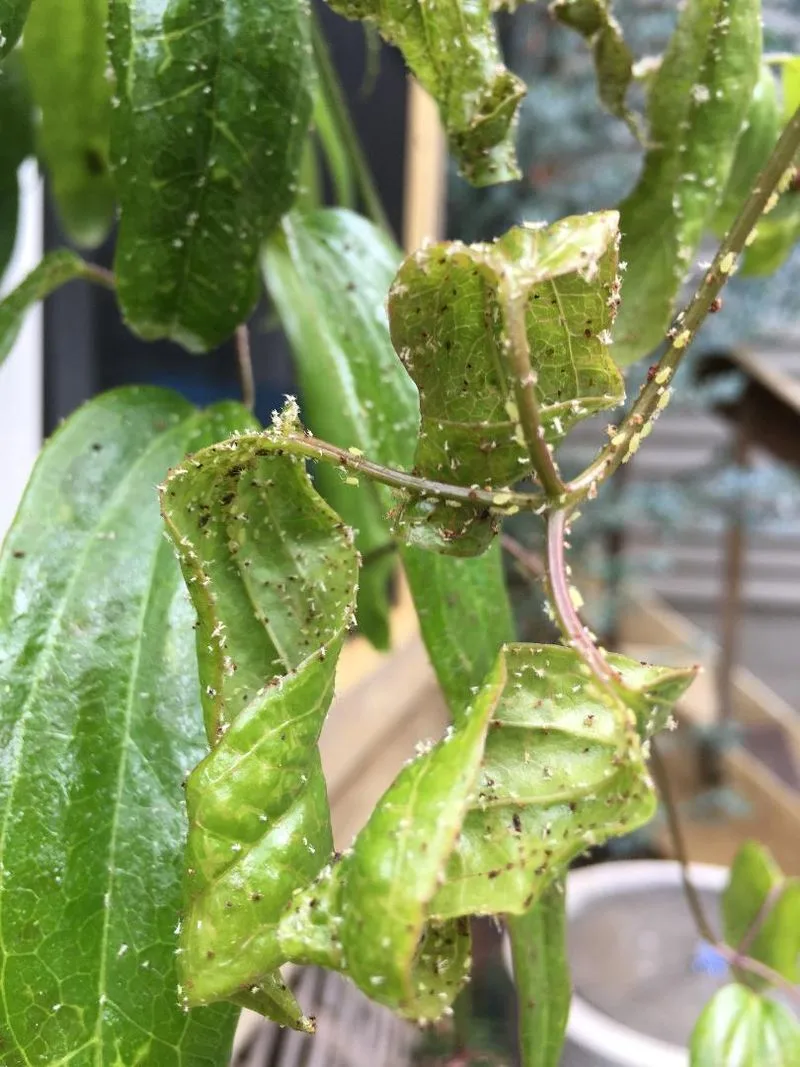
Pests and diseases can silently sabotage clematis blooms. Imagine a hidden enemy weakening your plant, unseen until it’s too late. Common pests like aphids or diseases such as powdery mildew can be detrimental.
Regular inspections help detect issues early. Natural remedies and appropriate treatments ensure clematis health.
Keeping plants well-maintained and avoiding excessive moisture can reduce disease risks. Vigilance in pest and disease management is essential for ensuring vibrant clematis flowers.
Inadequate Support Structures
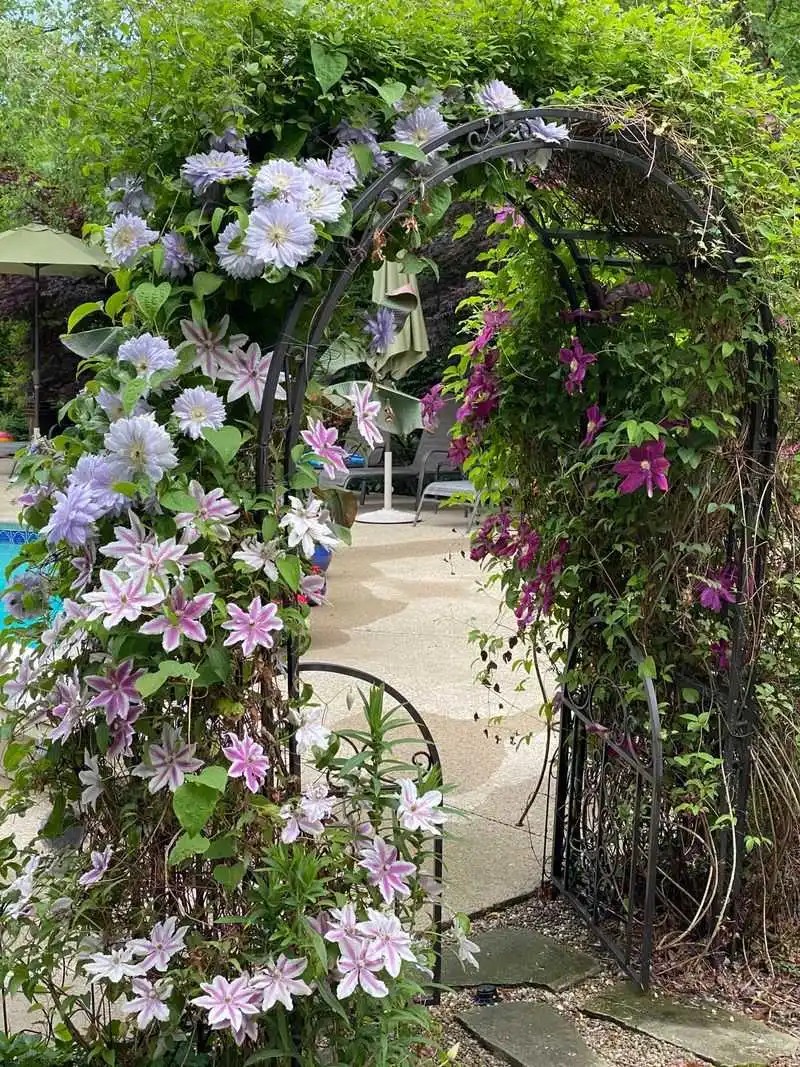
Clematis need support to reach their blooming potential. Picture a vine struggling to climb, its tendrils searching for stability. Without proper structures, clematis can’t establish themselves well.
Sturdy supports like trellises or arbors guide growth. These structures provide direction and enable the plant to soak up sunlight efficiently.
Ensuring your clematis has a reliable support system aids in its development. With proper guidance, your clematis will flourish and bloom prolifically.
Failing to Deadhead
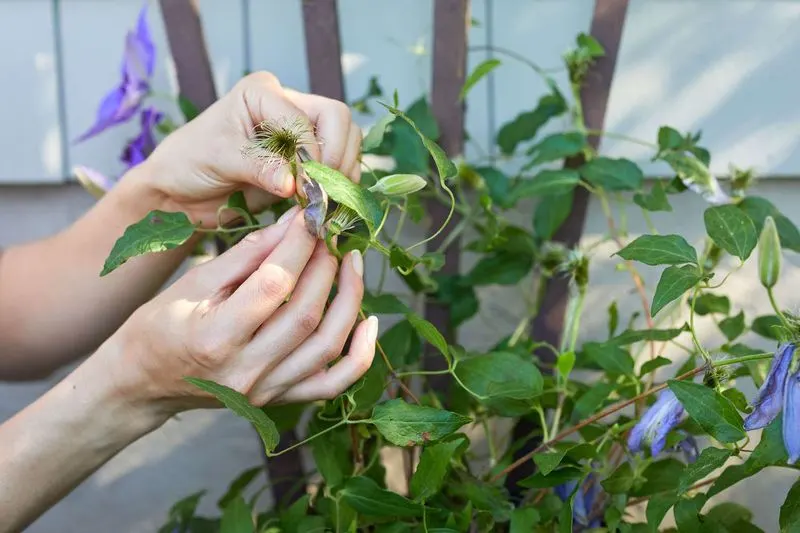
Deadheading encourages new growth and blooms. Picture a gardener coaxing more flowers from a plant by removing old ones. Failing to remove spent blooms can reduce the energy available for new flowers.
Regular deadheading stimulates continuous flowering by redirecting nutrients. This practice helps maintain a tidy and thriving clematis.
Engaging in this simple task can significantly impact your plant’s ability to produce abundant blooms.
Ignoring Seasonal Care
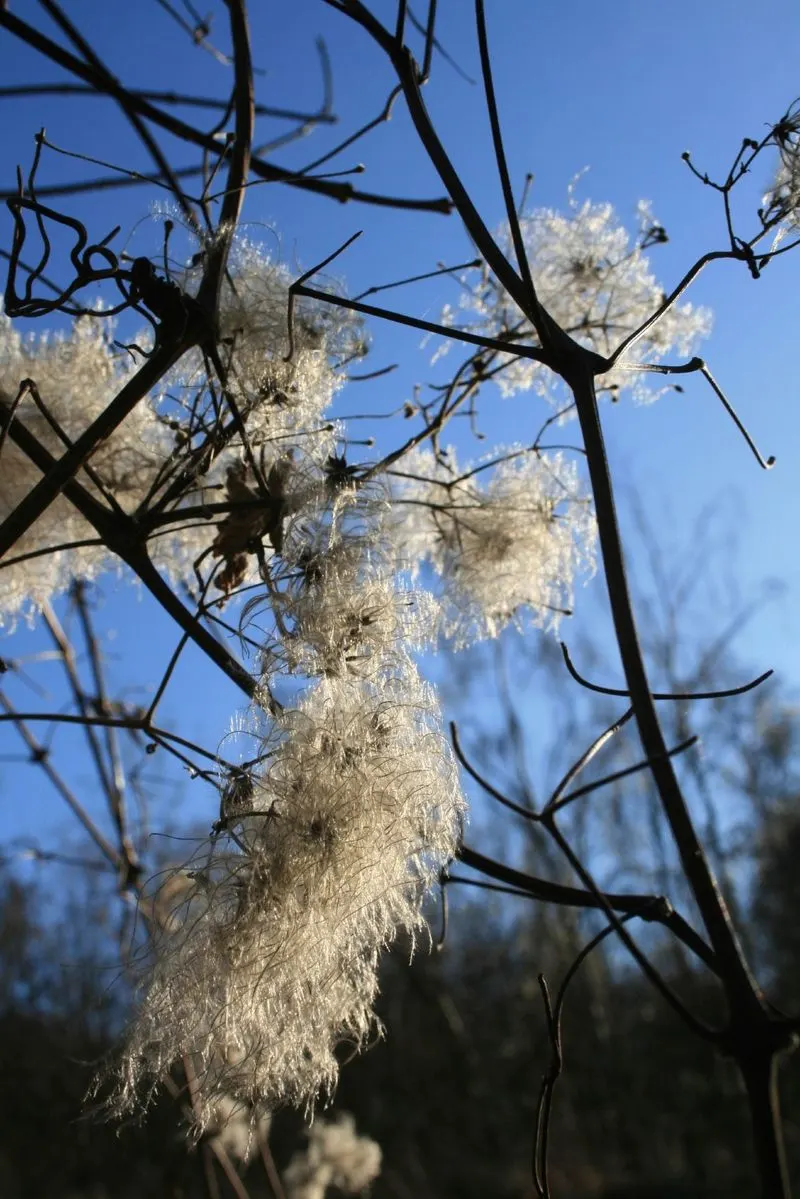
Seasonal care adjustments are crucial for clematis health. Imagine treating a plant the same way year-round, ignoring its changing needs. Each season brings specific requirements for watering, feeding, and pruning.
Understanding these seasonal shifts ensures that clematis receive optimal care. Adapting practices according to weather changes supports vibrant growth and blooming.
Paying attention to seasonal needs keeps your clematis resilient and productive throughout the year.
Planting at Wrong Depth
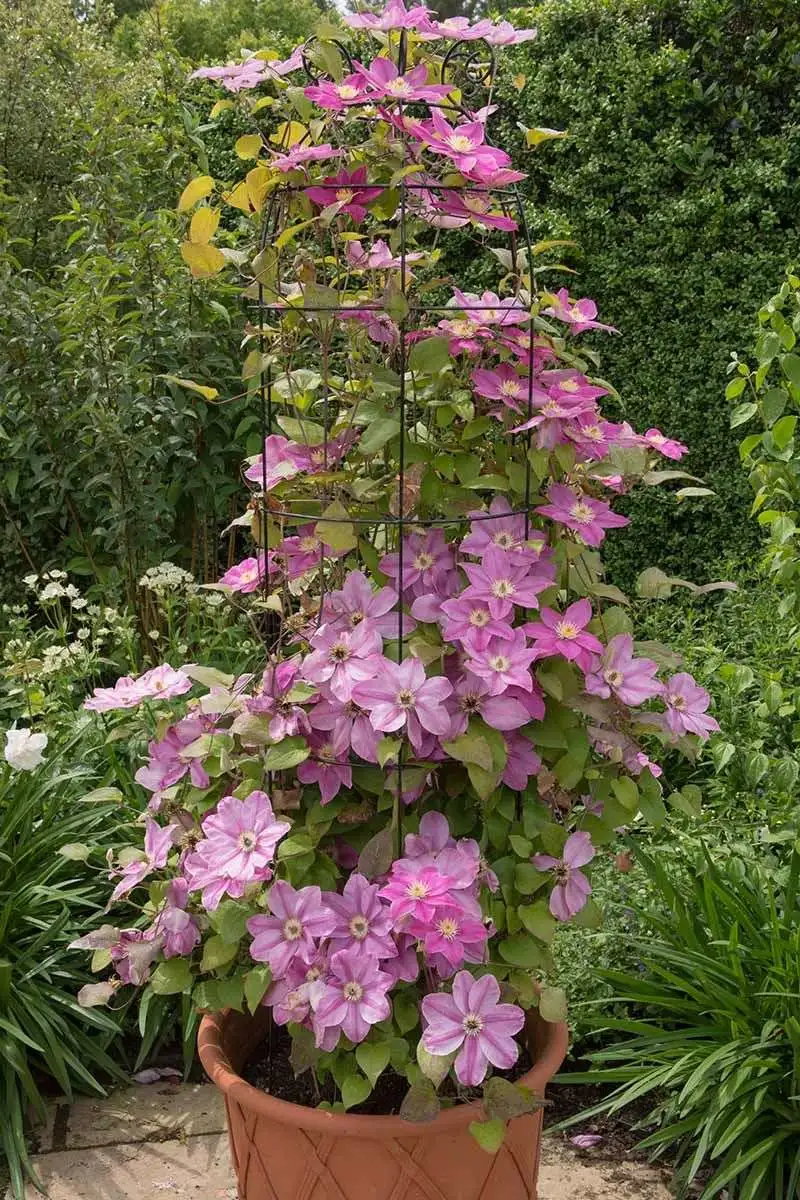
Planting depth is a critical factor in clematis care. Imagine roots struggling for stability because they’re buried too deep or too shallow. This mistake can hinder growth and flowering.
Proper planting depth allows for robust root development and nutrient absorption. Generally, planting slightly below the soil line is recommended.
Understanding the ideal depth for your clematis type ensures thriving plants. Correct planting starts your clematis journey on the right foot.
Neglecting Winter Protection
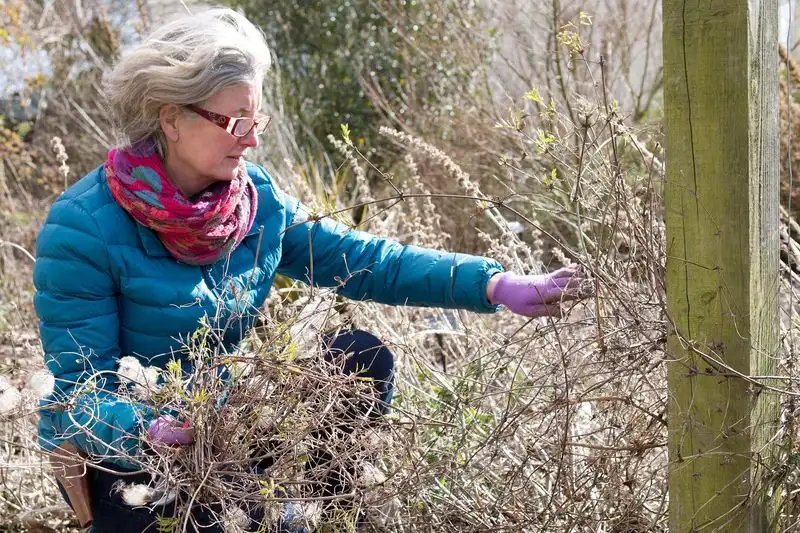
Winter protection is vital for clematis survival and future blooms. Picture a plant left exposed to harsh winter conditions, its potential for spring flowers diminished.
Covering clematis with protective materials like frost blankets can shield them from freezing temperatures. This protection ensures they emerge healthy when spring arrives.
Preparing for winter preserves your clematis’s blooming ability. Thoughtful winter care is an investment in future beauty.
Choosing Wrong Clematis Variety
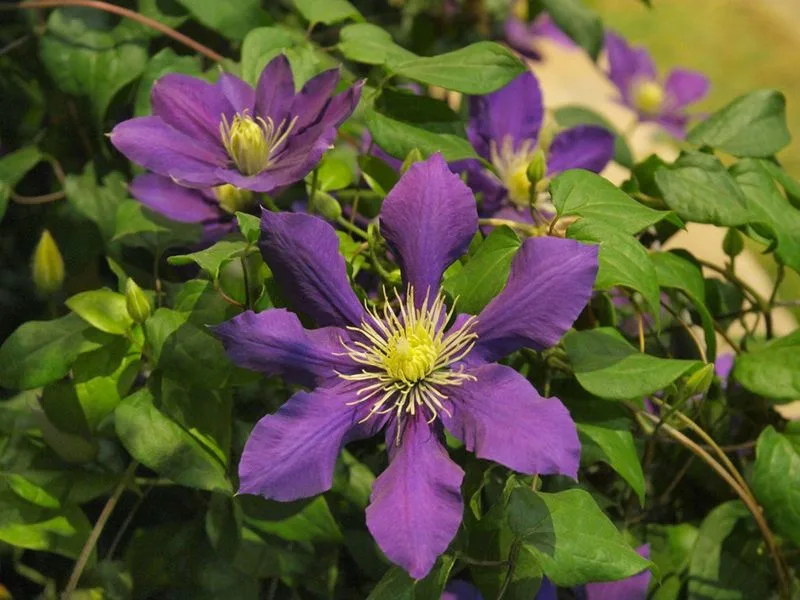
Choosing the wrong clematis variety can lead to disappointment. Envision wanting vibrant blooms but selecting a variety unsuited to your climate or garden conditions.
Researching and selecting the right clematis for your environment is vital. Factors like climate, soil type, and available space influence success.
An informed choice guarantees a thriving plant that meets your expectation of beauty. Selecting wisely is key to avoid this common mistake.

